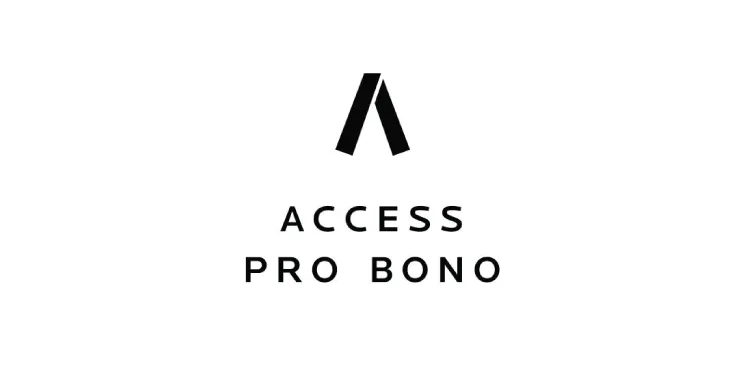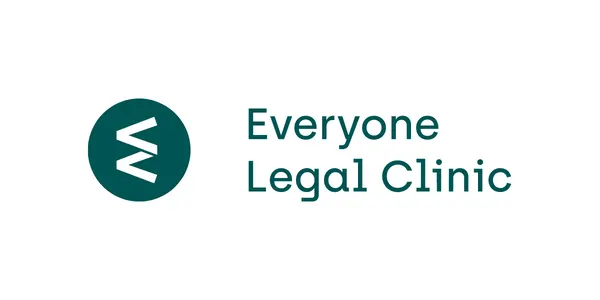
If a sign at the top of a ski hill limits the resort’s responsibility, I have no legal claim against the resort if I get hurt.
“You assume all risks, even if arising from our negligence."
You may have encountered language like this. Maybe it was on a sign posted at a ski hill, or on the registration form for your softball league, or on the voucher when you dropped off some dry cleaning. The form is called a liability waiver or a release. The service provider is trying to limit their legal responsibility. But such contracts aren’t always enforceable. Here are key things to know about liability waivers.
What you should know
A service provider has a duty of care. This is implied in every service offering, whether it's a ski resort, a recreational sports league, or a dry cleaner. It means the provider must use “reasonable care” when dealing with you. “Reasonable” means acting in a way that a reasonable service provider would in similar circumstances to prevent harm.
“The first time I went skiing, I took a lesson in the morning, and felt ready to try some runs on my own. Things went pretty well until I took a wrong turn and ended up on a black diamond trail. It was steep and scary, and I ended up falling and hurting my knee really badly. I had to miss three months of work. I considered going after the ski resort for compensation, but a lawyer told me that as the resort’s ticket clearly stated the danger of getting hurt, I had a very slim chance of winning.”
– Jared, Vancouver, BC

Some service providers try to limit their legal exposure if you get hurt. They use a liability waiver to shield themselves from responsibility for what happens to you. Most liability waivers are written to cover even situations where the provider’s own negligence — that is, their failure to take reasonable care — caused your injury.
You might have seen wording along these lines:
“I agree to waive any claims that I may have against the service provider from any and all liability for any loss, damage, expense or injury, including death, that I may suffer as a result of my participation in the activities, due to any cause whatsoever, including negligence on the service provider’s part.”
Such a waiver of liability may be found in a contract, on a ticket, or on a sign at the site of an activity. With it, the service provider is asking you to give up a right you would normally have.
You find these waivers at ski resorts, amusement parks, rock climbing venues, and extreme sports activities. You even see them used with ordinary organized sports such as softball or soccer leagues. Often, you can’t take part in the activity until you sign the waiver.
By signing the waiver, or even just taking part in the activity, you agree not to exercise your legal right to sue the service provider if you suffer harm during the activity — even if the harm results from their failure to take reasonable care.
Waivers of liability are designed to protect the service provider from responsibility, even when their negligence causes an injury.
But these waivers aren’t always enforceable. For a liability waiver to be valid:
the provider must take reasonable steps to bring the waiver to your attention before the contract is made,
the provider must “bring home” your understanding of the waiver, and
the waiver must be clearly stated.
We unpack each of these factors more fully below. To show how they can play out in practice, here are two examples where liability waivers were found not to be enforceable.
In this case, a softball player was injured in a recreational softball game. The court found the league couldn’t rely on a liability waiver placed on the back of the signup form, as the form appeared to be a roster rather than a waiver. The league did not take reasonable steps to ensure the player understood the nature of the document when she signed it.
In this case, a snowboarder was hurt attempting a jump at a ski resort’s terrain park. The court found the resort couldn’t rely on a liability waiver posted on a sign at the ticket booth, as the “own negligence” exclusion was buried in small print and not highlighted in any way.
For a waiver of liability to be valid, three factors are most influential.
The provider must take steps to bring the waiver to your attention
For a service provider to rely on a liability waiver, they must take reasonable steps to bring the waiver to your attention before the contract is made.
For example, a ski resort can’t rely on a waiver posted on a sign at the top of the hill. You won’t even see that until after you’ve bought your lift ticket. However, if the waiver is on the ticket and was brought to your attention when you bought the ticket, the resort may be able to rely on it.
The provider must “bring home” your understanding of the waiver
The service provider must not just draw the waiver to your attention but highlight its legal effect. Whether the waiver is in a contract, on a poster on the wall, or on the back of a ticket, the service provider must take steps to “bring home” your understanding of the waiver.
The provider can bring home your understanding of the waiver by (for example):
having you initial the waiver clause in a contract,
placing the waiver clause in large bold print, or
explaining the legal effect of the waiver to you.
The waiver must be clearly stated
A waiver of liability that’s clear and easy to read is more likely to be enforceable. A waiver is less likely to be valid if it:
uses a lot of legal terminology,
has long sentences, and
contains repetitive language.
Under the law, when you sign an agreement you’re bound by it. Whether you’ve actually read it is irrelevant. So too with a waiver of liability. It doesn’t matter if you didn’t read it or even know about it. The moment you sign a valid waiver, you can be bound by it.
Protect yourself
Ready to bungee jump? There are some things you should do before taking the plunge.
First, locate the waiver. Read it and understand it. Going into activities alive to the dangers is important.
You can try to get away with not signing or initialling a waiver. Be aware that if you try this, the provider may not let you participate. And even if they do, if the provider has taken all the steps mentioned above, a waiver can be valid even without a signature.
That said, if you don’t sign a waiver, but still participate in the activity, it might be harder for the service provider to prove you knew about the waiver and agreed to the terms.
It’s true that a waiver may not be enforceable. But keep in mind that you are responsible for your own safety. If you take frivolous risks during extreme sports or other activities, you might lose any claim for compensation. Don’t be the author of your own misfortune!
If you get hurt doing an activity, the service provider may ask you to sign something right away. (Or they might offer you something, like a gift card or even cash, in the hope that you won’t sue them, or ask for something larger.)
Don’t sign anything right away. Don’t say it was your fault, or that you agree it was not their fault. Take any documents they give you and tell them you’ll read them and get back to them. You typically have up to two years to file a legal claim in this type of situation.
You can try to resolve the situation amicably, especially if the amount you’re arguing over is relatively small (like, for example, a broken watch).
If a lot is at stake, seek legal advice
But when there are more serious injuries, it’s important to seek out legal advice. A lawyer can help you understand the strength of your case and whether any offer made is reasonable. See below, under who can help, for options for free or low-cost legal advice.
Also note that some lawyers take these types of cases on contingency, which means that instead of charging a fee up front, they’d take a percentage of your winnings. Just make sure you’re aware of any out-of-pocket expenses you’d be expected to pay under this kind of arrangement.
Who can help

Access Pro Bono's Legal Advice Clinics
Volunteer lawyers provide 30 minutes of free legal advice to people with low or modest income.

Access Pro Bono’s Everyone Legal Clinic
Clinicians provide affordable fixed-fee services on a range of everyday legal problems.

BC Legal Referral Service
Helps you connect with a lawyer, notary or paralegal for a free 15- to 30-minute consult to see if you want to hire them.

BC Legal Directory
Search for a lawyer by community, area of law, or language spoken. From the Canadian Bar Association, BC Branch.

